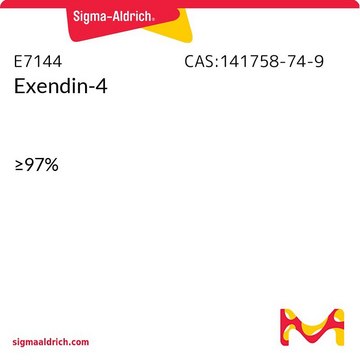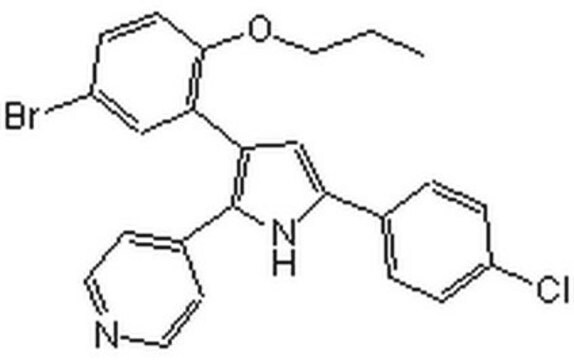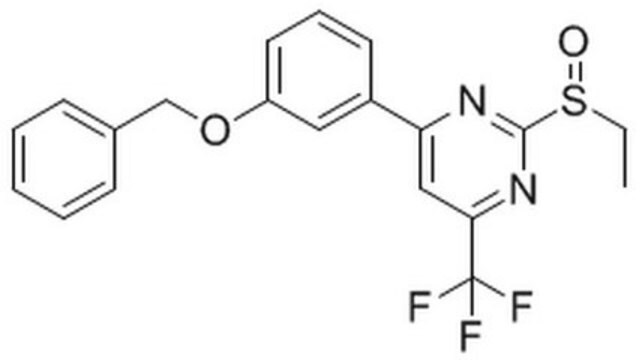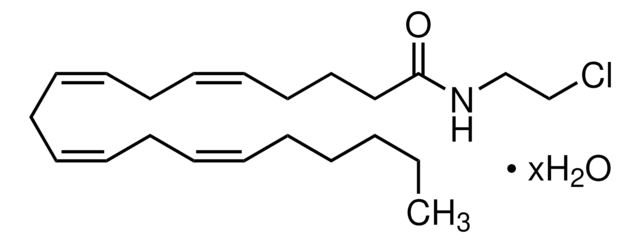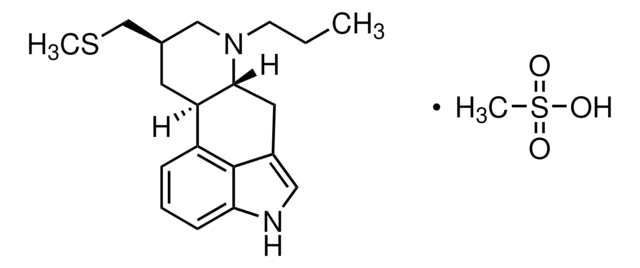About This Item
Polecane produkty
Poziom jakości
Próba
≥95% (HPLC)
Formularz
powder
masa cząsteczkowa
3369.76 g/mol
warunki przechowywania
(Keep container tightly closed in a dry and well-ventilated place)
metody
protein expression: suitable
rozpuszczalność
water: 1.00-1.04 mg/mL, clear, colorless
temp. przechowywania
−20°C
ciąg SMILES
S(CC[C@H](NC(=O)[C@@H](NC(=O)[C@@H](NC(=O)[C@@H](NC(=O)[C@@H](NC(=O)[C@@H](N)CC(=O)O)CC(C)C)CO)CCCCN)CCC(=O)N)C(=O)N[C@@H](CCC(=O)O)C(=O)N[C@@H](CCC(=O)O)C(=O)N[C@@H](CCC(=O)O)C(=O)N[C@@H](C)C(=O)N[C@@H](C(C)C)C(=O)N[C@@H](CCCNC(=N)N)C(=O)N[C@@H](CC(C)C)C
InChI
1S/C149H234N40O47S/c1-14-78(10)120(185-139(227)98(62-81-29-16-15-17-30-81)177-136(224)97(61-76(6)7)175-129(217)88(35-24-53-158-149(156)157)172-144(232)119(77(8)9)184-122(210)79(11)164-126(214)90(41-46-114(199)200)168-131(219)91(42-47-115(201)202)169-132(220)92(43-48-116(203)204)170-134(222)94(50-58-237-13)171-130(218)89(40-45-109(153)194)167-127(215)86(33-20-22-51-150)166-140(228)103(72-192)182-137(225)95(59-74(2)3)174-123(211)84(152)64-118(207)208)145(233)173-93(44-49-117(205)206)133(221)178-99(63-82-66-159-85-32-19-18-31-83(82)85)138(226)176-96(60-75(4)5)135(223)165-87(34-21-23-52-151)128(216)179-100(65-110(154)195)124(212)161-67-111(196)160-69-113(198)186-54-25-36-105(186)142(230)183-104(73-193)141(229)181-102(71-191)125(213)162-68-112(197)163-80(12)146(234)188-56-27-38-107(188)148(236)189-57-28-39-108(189)147(235)187-55-26-37-106(187)143(231)180-101(70-190)121(155)209/h15-19,29-32,66,74-80,84,86-108,119-120,159,190-193H,14,20-28,33-65,67-73,150-152H2,1-13H3,(H2,153,194)(H2,154,195)(H2,155,209)(H,160,196)(H,161,212)(H,162,213)(H,163,197)(H,164,214)(H,165,223)(H,166,228)(H,167,215)(H,168,219)(H,169,220)(H,170,222)(H,171,218)(H,172,232)(H,173,233)(H,174,211)(H,175,217)(H,176,226)(H,177,224)(H,178,221)(H,179,216)(H,180,231)(H,181,229)(H,182,225)(H,183,230)(H,184,210)(H,185,227)(H,199,200)(H,201,202)(H,203,204)(H,205,206)(H,207,208)(H4,156,157,158)/t78-,79-,80-,84-,86-,87-,88-,89-,90-,91-,92-,93-,94-,95-,96-,97-,98-,99-,100-,101-,102-,103-,104-,105-,106-,107-,108-,119-,120-/m0/s1
Klucz InChI
WSEVKKHALHSUMB-MVNVRWBSSA-N
informacje o genach
human ... GCG(2641) , GLP1R(2740)
Amino Acid Sequence
Zastosowanie
- to study to determine whether Ex-4 a GLP-1R agonist acts through GLP-1R, in mouse skeletal muscle cell line
- to study its effects on the adaptation of islets in glucose-dependent insulinotropic polypeptide knockout mice
- to study its in vivo effects on GLP-1 signaling on insulin response in mice
Działania biochem./fizjol.
Inne uwagi
produkt powiązany
Kod klasy składowania
11 - Combustible Solids
Klasa zagrożenia wodnego (WGK)
WGK 3
Temperatura zapłonu (°F)
Not applicable
Temperatura zapłonu (°C)
Not applicable
Środki ochrony indywidualnej
Eyeshields, Gloves, type N95 (US)
Wybierz jedną z najnowszych wersji:
Masz już ten produkt?
Dokumenty związane z niedawno zakupionymi produktami zostały zamieszczone w Bibliotece dokumentów.
Klienci oglądali również te produkty
Nasz zespół naukowców ma doświadczenie we wszystkich obszarach badań, w tym w naukach przyrodniczych, materiałoznawstwie, syntezie chemicznej, chromatografii, analityce i wielu innych dziedzinach.
Skontaktuj się z zespołem ds. pomocy technicznej